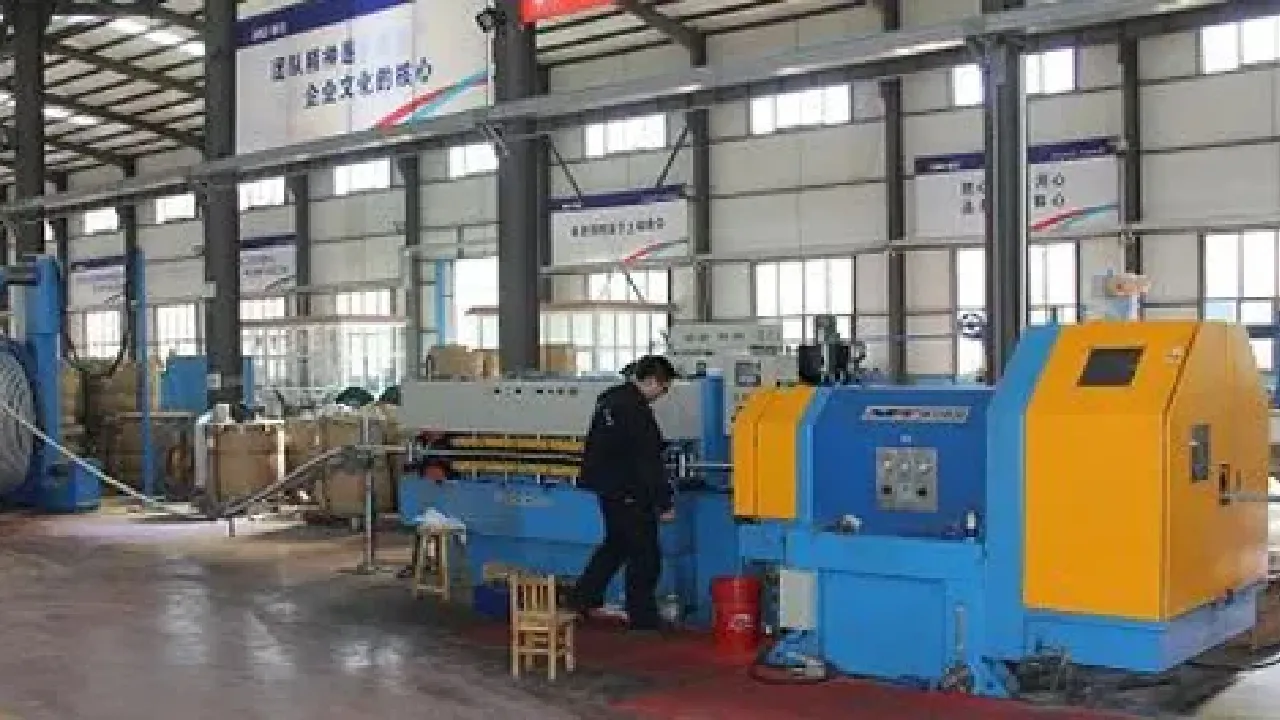Aug . 31, 2024 10:06 Back to list
lined butterfly valve
Understanding Lined Butterfly Valves A Comprehensive Overview
Lined butterfly valves are essential components in various industrial applications, particularly in sectors dealing with corrosive substances, slurries, and high-temperature processes. These valves are designed to provide efficient flow control while ensuring maximum resistance to wear, corrosion, and temperature fluctuations. Their unique construction and functionality make them suitable for a wide range of environments, making them a preferred choice for engineers and plant operators.
At the heart of a lined butterfly valve is a circular disc, or disc plate, which rotates on a vertical axis to regulate the flow of fluid through a pipeline. Unlike other valve types, the butterfly valve features a lightweight design and compact structure, allowing for space-saving installations in tight spaces or where weight is a concern.
The lining of the valve is crucial to its performance. Typically made from materials such as PTFE (polytetrafluoroethylene) or rubber, the lining protects the valve body from corrosive agents and enhances its durability. This feature is particularly important in chemical processing industries, where contact with aggressive chemicals can lead to rapid valve degradation. The lining not only provides a protective barrier but also offers excellent sealing properties, ensuring minimal leakage and preventing contamination of the fluid being transported.
lined butterfly valve

One of the significant advantages of lined butterfly valves is their ease of operation
. They can be operated manually, with a lever or handle, or automatically, using actuators for precise control in automated systems. The quarter-turn operation allows for quick opening and closing, which is beneficial in emergency situations or processes requiring frequent adjustments.In addition to their operational efficiency, lined butterfly valves are also cost-effective. Their simple design typically requires less maintenance compared to other valve types, leading to reduced operational costs over time. Furthermore, the manufacturing process of these valves tends to be less complex, which can contribute to lower initial purchase prices.
However, it is essential to select the appropriate lined butterfly valve for specific applications. Factors such as pressure, temperature, and the nature of the fluid must be considered to ensure optimal performance. Improper selection could lead to valve failure, impacting overall system efficiency.
In conclusion, lined butterfly valves play a vital role in various industries by delivering effective flow control and prolonged service life in challenging conditions. Their unique design, combined with their operational efficiency and cost-effectiveness, makes them a reliable choice for fluid management in modern industrial applications. As technology advances, the development of even more resilient lined butterfly valves promises to further enhance their functionality and application range, solidifying their importance in fluid handling systems.
Share
-
Reliable Wafer Type Butterfly Valves for Every IndustryNewsJul.25,2025
-
Reliable Flow Control Begins with the Right Ball Check ValveNewsJul.25,2025
-
Precision Flow Control Starts with Quality ValvesNewsJul.25,2025
-
Industrial Flow Control ReliabilityNewsJul.25,2025
-
Engineered for Efficiency Gate Valves That Power Industrial PerformanceNewsJul.25,2025
-
Empowering Infrastructure Through Quality ManufacturingNewsJul.25,2025